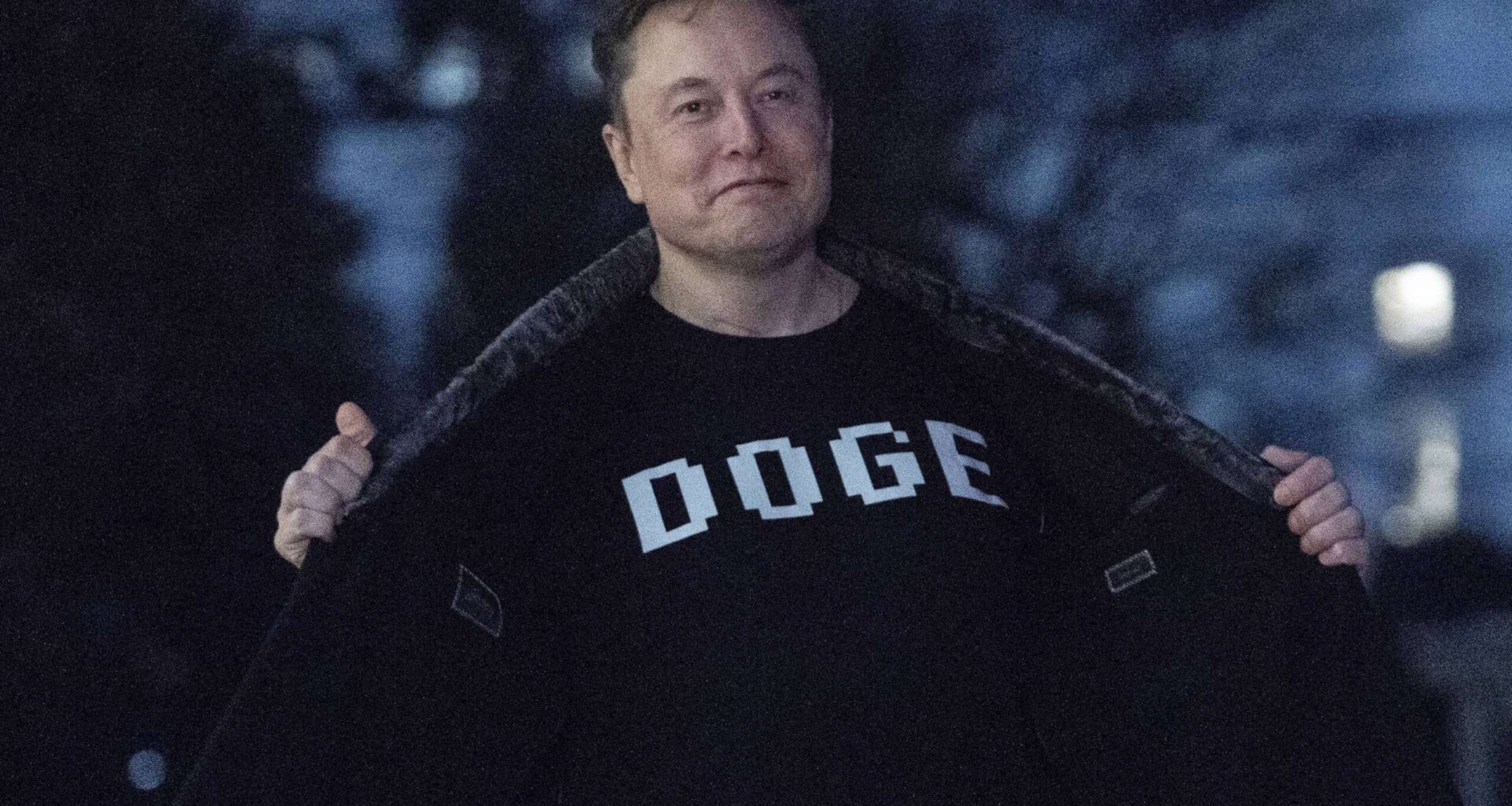The Department of Government Efficiency, the driving force behind the Trump administration’s cuts to the federal workforce and executive branch spending, isn’t wrapping up operations sooner than expected, according to several administration officials.
Reuters published a story on Monday claiming that DOGE no longer exists, about eight months ahead of the deadline set by President Donald Trump. The story drew strong reactions from Trump administration officials, who rejected claims that DOGE is ending before its final day on July 4, 2026.
A DOGE spokesperson told Federal News Network on Tuesday that DOGE and its longer-term, tech-aligned counterpart, the U.S. DOGE Service, both remain — and that the latter organization is moving forward with a full slate of modernization projects.
The spokesperson, in response to written questions, confirmed DOGE still exists as a temporary organization within the U.S. DOGE Service, and that Amy Gleason remains the acting administrator of USDS.
]]>
In addition, the spokesperson said the U.S. DOGE Service — a Trump-era rebranding of the U.S. Digital Service — is working on several cross-agency projects. The spokesperson said USDS is actively involved in these projects, but the agencies in charge of these projects oversee staffing and hiring. The list of projects shared with Federal News Network closely resembles the type of work that USDS was involved in before the Trump administration.
“The U.S. DOGE Service remains deeply engaged across government-modernizing critical systems, improving public services, and delivering fast, practical solutions where the country needs them most,” the spokesperson said.
Office of Personnel Management Director Scott Kupor wrote on X that “DOGE may not have centralized leadership under USDS,” but the “principles of DOGE remain alive and well.”
Those principles, he added, include deregulation; eliminating fraud, waste and abuse; and reshaping the federal workforce.
Kupor wrote that DOGE “catalyzed these changes,” and that OPM and the Office of Management and Budget “will institutionalize them.”
It’s not clear that DOGE leadership ever set exact demands for its representatives scattered across multiple federal agencies. Current and former DOGE representatives publicly stated that DOGE leadership played a hands-off role in their day-to-day work, and that they identified primarily as employees of their agencies. Former DOGE employees said they rarely heard from Elon Musk, DOGE’s former de facto leader, once they completed their onboarding to join the Trump administration.
DOGE wrote on X that “President Trump was given a mandate by the American people to modernize the federal government and reduce waste, fraud and abuse,” and that it terminated 78 contracts worth $335 million last week.
]]>
The DOGE spokesperson said the U.S. DOGE Service is working on a project to use AI to process over 600,000 pieces of federal correspondence each month, and is working with the General Services Administration to advance “responsible AI governmentwide.”
Current U.S. DOGE Service projects include:
Supporting 18 million students by modernizing the FAFSA system and implementing major student loan and Pell Grant changes.
Improving access to benefits with a streamlined, public-option verification tool that helps states accelerate community engagement requirements for Medicaid and SNAP approvals.
Transforming the non-immigrant visa process to support Olympic and World Cup travel with a more reliable, adaptable digital platform.
Reducing delays for over 600,000 veterans each month through a modernized VA disability compensation application.
Building a modern National Provider Directory to speed Medicare provider enrollment and enable nationwide interoperability.
Launching new patient-facing apps and data access tools, first announced at the White House and rolling out beginning January 2026.
Digitizing the National Firearms Act process, replacing outdated paper systems.
Using AI responsibly to process over 600,000 pieces of federal correspondence monthly.
Strengthening Medicare’s digital experience with better security, fraud reporting, caregiver access and reduced paper burden.
Improving VA appointment management with integrated scheduling, check-ins, notifications and after-visit support.
Advancing responsible AI government-wide through partnership with GSA.
Rapid-response deployments for Customs and Border Protection, FEMA, Medicare claims modernization, FDA data consolidation, and more.
Gleason said in September that agencies don’t have enough tech talent to deliver on the administration’s policy goals, and they would need to boost hiring.
“We need to hire and empower great talent in government,” Gleason said on Sept. 4. “There’s not enough tech talent here. We need more of it.”
Under the Trump administration, federal employees have faced mass layoffs and incentives to leave government service. The Partnership for Public Service estimates that, as of October, more than 211,000 employees left the federal workforce this year — either voluntarily or involuntarily.
Gleason, who also serves as a strategic advisor for the Centers for Medicare and Medicaid Services, said tech hiring is essential to help CMS “build modern services for the American people.” She said the agency, at the beginning of this year, had about 13 engineers managing thousands of contractors.
“If we could hire great talent for tech in the government, I think in five years, we can really transform a lot of these systems to be much more modern and user-friendly, and easy for citizens to engage with what they need,” Gleason said. “But we have to take advantage of hiring.”
If you would like to contact this reporter about recent changes in the federal government, please email jheckman@federalnewsnetwork.com, or reach out on Signal at jheckman.29
Copyright
© 2025 Federal News Network. All rights reserved. This website is not intended for users located within the European Economic Area.
